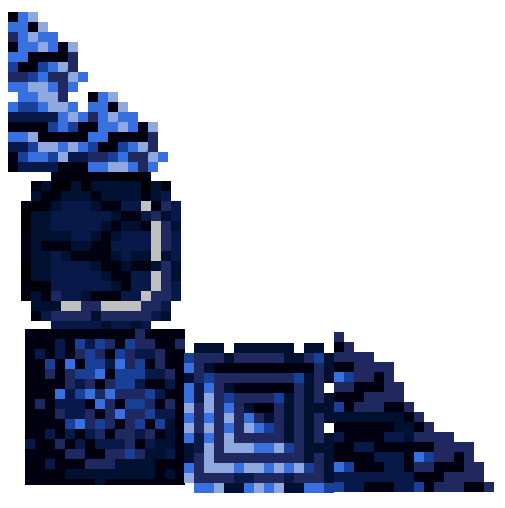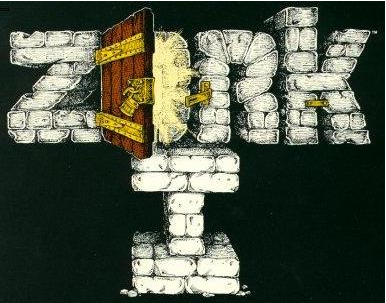
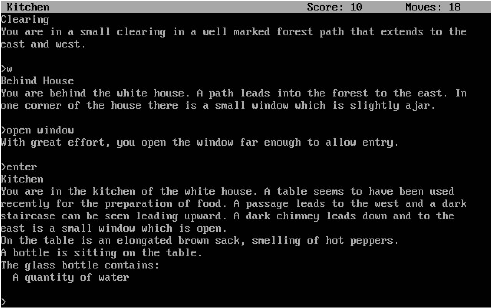
Some of the earliest elements of the Metroidvania existed in games that would not typically be considerd as a member of the genre. One is
Zork, a text adventure story where the player types in commands to controller a character in a story. What Zork brought to the table was one of the first open-ended, non-linear and intricate worlds that players could get immersed in.
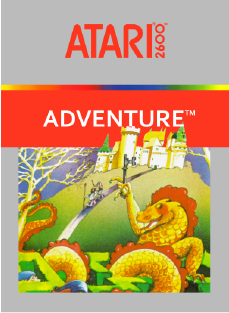

Adventure (Atari, 1979) was a more abstract game. Due to its limited memory capacity, the game made the most of what it could, with a giant literal maze to navigate, and rather than an inventory required palyers to carry one item at a time. While simplistic and abstract, Adventure's world had a sense of persistency.
What Zork and Adventure have in common is a lack of clarity on what exactly to do. It is easy to figure out what to do over time, but the lack of a strict goal lended a sense of openness and the idea of world that is larger than the player.

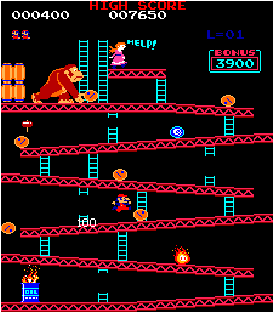
The last listed influence on the Metroidvania is
Donkey Kong (Arcade, 1981). This game is one of the earliest of platformers, and its design carried over into the Metroidvania, providing the common viewpoint and means of navigating worlds that exists in the majority of Metroidvanias.
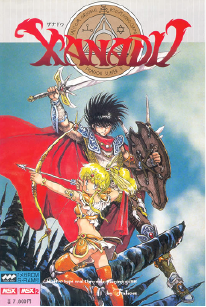

Xanadu (PC-88 and others, 1985) was where these genres started to be combined in a meaningful way, involving a sidescrolling world navigation, RPG stats, platform game elemtns and real time combat. It was also immesnsely popular, spawning it's own franchise.
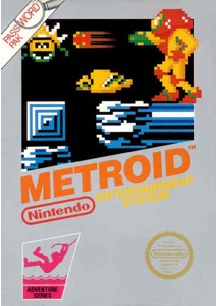
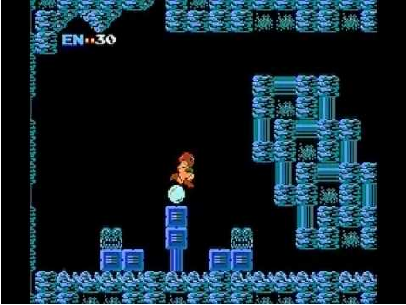
It should come as no surprise that the first title in the series that named the subgenre was an early example of the Metroidvania.
Metroid (NES, 1986) starred a bounty hunter on an alien planet battling space pirates and monstrous creatures. On starting up, if the player goes right, they will find they are unable to continue, but double backing to the left takes them to a permannent powerup allowing the character to turn into a ball. The player has to use this power up to leave the room, and is used again to get past the blockade that they encountered on the right. This short experience is the cornerstone of how Metroidvanias play out. The original metroid included multiple areas with an increasing number of branching paths and options for how the player wants to progress, optional pick ups for expanding missiles and maximum health, different type of projectile beams, armor upgrades, and more. Finally, the game's aesthetic of being on a hostile, isolated alien world would inspire a number of Metroidvania games.





















